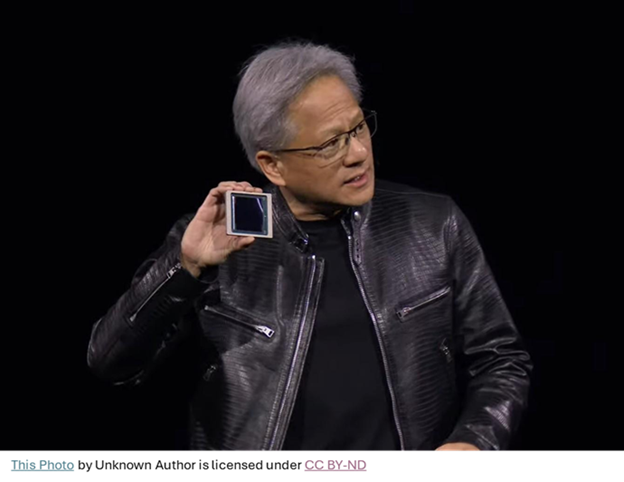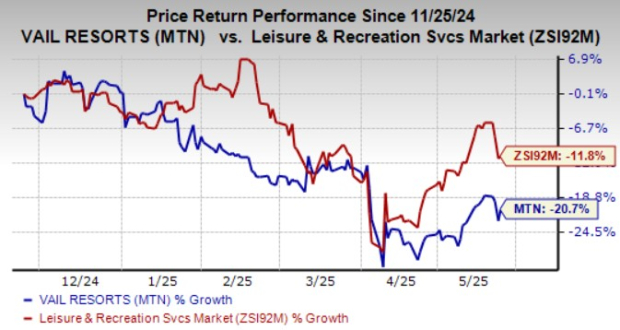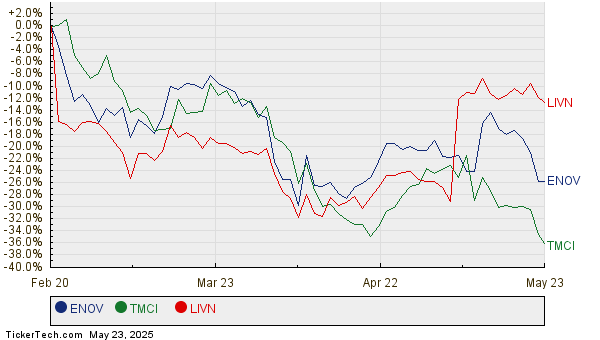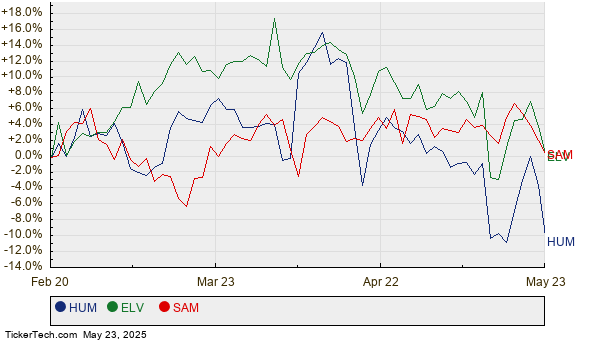The Launch of ‘Being Exponential’: A Podcast for Today’s Investors
Exploring the Waves of Change
The future doesn’t move in a straight line; it comes in waves that are fast, furious, and exponential. This notion forms the foundation of Being Exponential, a new podcast launched today. We aim to reveal the technological changes transforming our world and the potential financial opportunities accompanying these shifts.
In Being Exponential, we combine deep macroeconomic insights with tangible tech trends. Topics range from artificial intelligence and self-driving vehicles to geopolitical events and their implications for your investment portfolio. Each episode delivers concise, impactful commentary aimed at investors and tech enthusiasts alike.
The inaugural episode, titled “Being Exponential Takes Off,” covers tariffs, inflation, job threats from AI, and the emerging trend of “Appstinence,” all within approximately one hour.
Short-form content is available across platforms: YouTube, TikTok, Instagram, LinkedIn, Facebook, X, and Spotify.
What sets this initiative apart? We are not just creating another newsletter; we are establishing a lifestyle brand. Our creative-first strategy includes bold visuals, daily short videos, and audience engagement tailored for rapid growth and shareability.
Exponential change is arguably the most vital concept of the 21st century. Understanding it is crucial for those wishing to succeed in today’s economy.
Expect incisive opinions, bold forecasts, and a dynamic format that reflects how contemporary investors learn: quickly, visually, and on the go. Whether you are searching for the next sizable stock opportunity or trying to grasp AI’s future, Being Exponential offers insights that keep pace with innovation.
The first full episode is now available. Subscribe, follow, and share — it’s time to embrace Being Exponential.
Watch the premiere: YouTube | Spotify
Follow on social media: TikTok, Instagram, LinkedIn, Facebook, and X
– The Lango Editorial Team
Let’s address your phone.
It dominates your life, tracking your moves and decisions, both physical and virtual. Even when you strive to be fully present with loved ones, distractions from your device can interrupt meaningful moments—like notifications at 2 a.m. about messages that hold little importance.
Here’s the reality:
People are over it.
A quiet rebellion against screen addiction is rising.
Welcome to the “Appstinence” movement. This movement mainly involves Gen Z and millennials, who have spent their adult lives surrounded by screens. Many are intentionally choosing to cut back or eliminate their smartphone and app usage.
Efforts range from apps limiting daily social media time to completely swapping smartphones for basic flip phones from two decades ago.
This trend is not a fleeting whim; it’s gaining momentum.
However, it’s important to clarify: this isn’t about abandoning technology. It’s about moving away from problematic tech that captures attention and monetizes user engagement.
This shift sets the stage for the birth of the next trillion-dollar investment opportunity…
Why Consumers Are Moving Away from Smartphones
We are entering the Post-Phone Era, characterized by AI-enabled devices that enhance rather than distract from reality. There will be no more scrolling; just intelligent, seamless integration into daily life.
If you’re paying attention, this is an early opportunity to invest ahead of the next big wave in technology.
Phones aren’t disappearing. However, they are evolving.
People seek to disconnect from living inside apps. They prefer to engage with the real world while using technology to improve experiences, not replace them.
This mindset reflects the true spirit of “appstinence.” It represents a reorientation in technology.
So, what could replace the smartphone? (Apple, take note.)
It’s not about developing a bigger or thinner device, or one with enhanced camera capabilities. Consumers are likely to favor a smarter, more discrete interface that:
- Can be worn on your wrist, face, or lapel
- Understands your real-world activities and augments them using AI
- Responds to your intents without demanding your full attention
AI-powered wearables, particularly smart glasses, embody this future. While they may currently be in the early stages, predictions suggest these devices could become ubiquitous within five to ten years, ultimately replacing smartphones as the primary way humans interact with technology.
The AI Glasses Surge: Who Will Lead the New Interface Revolution?
Let’s analyze key competitors vying to develop the next iPhone, all targeting presence-first AI.
1. Meta’s Orion Project: The Real-World Operating System
Mark Zuckerberg, the face of the metaverse, may be on the verge of success.
Meta’s (Stock-ticker”>META) Ray-Ban smart glasses achieved surprising success. They not only look attractive but also connect to Meta AI, allowing for livestreaming and calls while enabling users to observe the world without checking a phone.
Building on this, the Orion Project introduces:
- 70-degree AR field of view
- Holographic overlays that appear to hover in the environment
- Context-aware AI assistant
- Neural input from your wrist, enabling rudimentary mind-controlled computing
- A compact “compute puck” to keep the glasses lightweight


While Orion prototypes are currently valued at around $10,000, the potential impact on the market is significant.
Meta and Apple Gear Up for the Next Tech Revolution
Meta is aiming to mass-produce its innovative technology by the late 2020s, potentially transforming the competitive landscape.
Meta is not just looking to replicate the iPhone; it seeks to replace it.
This time, CEO Mark Zuckerberg might lead the charge with his new venture, Orion. As a result, META and its potential Orion suppliers could see substantial gains in the coming years.
Apple’s Smart Glasses: A Strong Contender
Apple typically takes a wait-and-see approach, perfecting products rather than being first to market.
The company’s Vision Pro served as an introductory step, but the real game-changer is expected to be the rumored Apple Glasses. These lightweight, elegant glasses will integrate seamlessly with AirPods and feature advanced AI capabilities.
Anticipation builds for a possible launch in 2026, with consumers likely to line up eagerly, echoing Black Friday shopping fervor.
Apple has established a strong ecosystem and brand trust. When mixed reality becomes mainstream, it could quickly transition from a novelty to a necessity.
Investors who get in early, whether through Apple or its suppliers, may find themselves at the forefront of this significant shift.
OpenAI, Jony Ive, and SoftBank: The Wildcard Project
This project has captivated venture capitalists and former Apple employees alike.
OpenAI is reportedly working on a physical product, with the design led by Jony Ive, the visionary behind the original iPhone. Masayoshi Son, a leading tech investor, is rumored to support this initiative with a fund exceeding $1 billion.
The exact nature of the product remains unclear. It could range from AI-powered glasses to a smart accessory with conversation capabilities.
Should this product materialize, it could signify the emergence of a new market category.
Envision a future with less screen time and more innovation.
Successful entry into this market could yield significant rewards for stakeholders in the OpenAI ecosystem.
AI Interfaces: The Next Trillion-Dollar Opportunity
As the AI boom progresses, many have focused on advanced models like GPT, Claude, and Gemini. However, we argue that the next major investment opportunity lies in the AI interfaces.
Owning the interface between AI and humans could dictate future success.
This is similar to how Apple capitalized on the iPhone while Meta attempts to do the same with Orion. OpenAI’s product could follow suit.
Investors can consider putting their money not only into infrastructure—like Nvidia or TSMC—but also into consumer hardware platforms that will shape daily interactions with AI.
This represents a significant shift in investment strategy.
During the 2000s, the transition was from desktop to mobile. The current shift is from mobile to an ambient experience.
We are moving towards a new era: from screen dependency to contextual awareness, from disruption to enhancement, and a focus on real-world integration.
The companies paving the way for this future—along with investors who recognize their potential—could find themselves positioned at the forefront of the next computing revolution.
So when you hear claims that smartphones are here to stay, consider it an opportunity. Instead of agreeing, think about investing in the companies shaping the future.
The future is not just on our screens; it’s in our glasses, on our wrists, and in our ears. It’s set to enhance our daily lives—and could significantly boost investor portfolios along the way.
The next major technological advancement is on the horizon. Stay alert.
We refer to this new wave of AI hardware stocks as AI 2.0.
This represents the second generation of AI, enhancing everyday life with intelligent machines that visualize, analyze, and interact—creating substantial revenue opportunities.
While many focus on past advancements in AI, astute investors are already gearing up for what comes next.
Discover some of the most promising AI 2.0 investment options available now.








